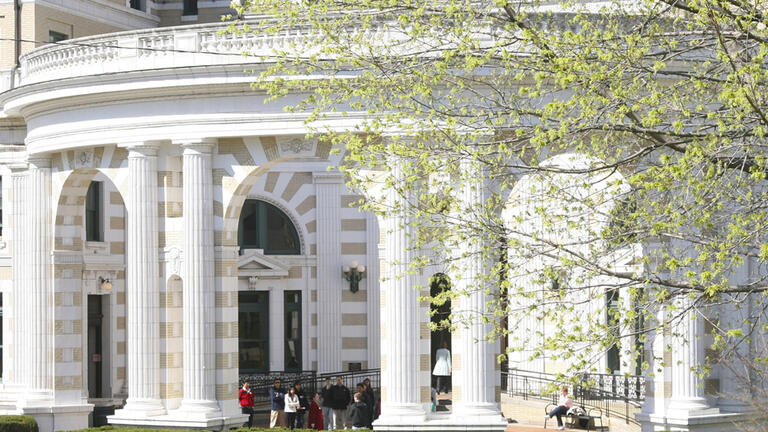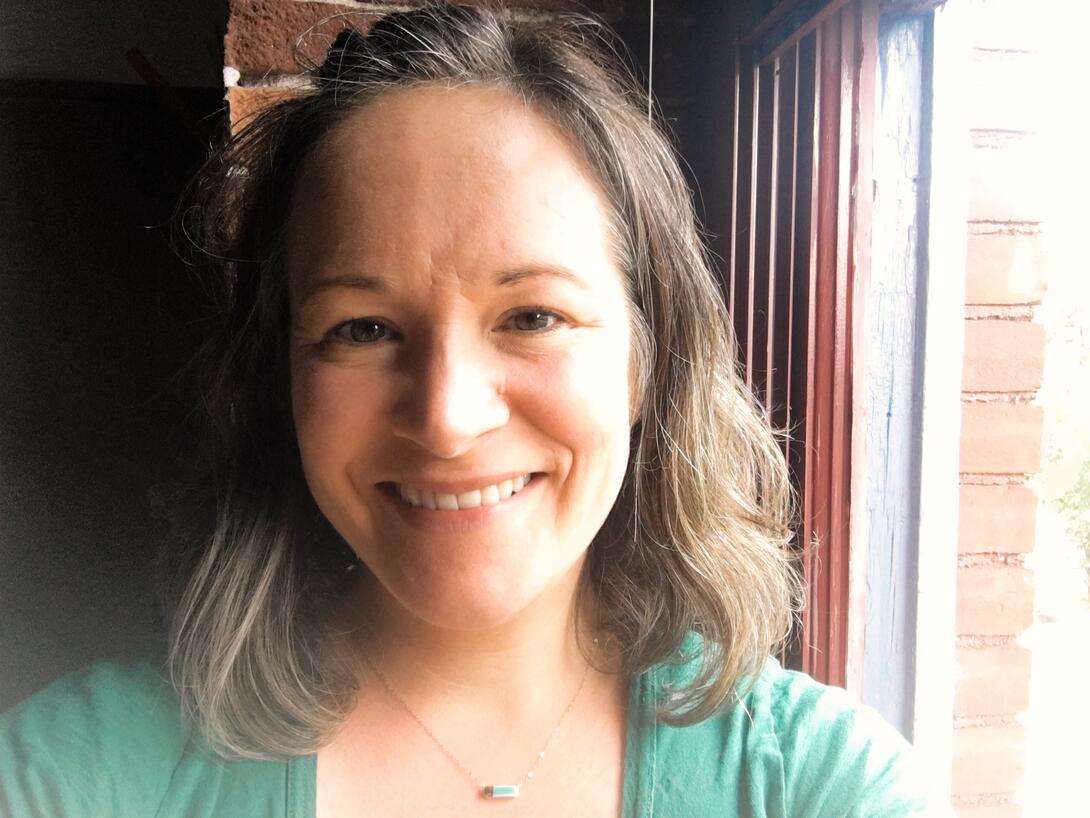Hillary Carey Earns PhD in Transition Design


Hillary Carey is a designer, researcher, educator, and most recently, a PhD in Transition Design. Last month, Hillary successfully defended her dissertation, "Social Design Dreaming: Designing Future Visions of Racial Justice" here at Carnegie Mellon University's School of Design. In addition to her work as a PhD researcher, Hillary works as a design leadership coach at Design Dept, where she guides design leaders in educational workshops and one-on-one coaching.
Prior to joining CMU's PhD in Transition Design program, Hillary spent 8 years directing in-depth user research at her Oakland, California-based firm, Winnow Research Studio. Guided by her knack for in–context interviews and rich synthesis, Hillary's work at Winnow was focused on incorporating iterative and tangible learning tools into a range of design processes. She also has extensive experience as an adjunct professor, having taught Design Methods and Research at California College of the Arts, as well as Design Thinking and Innovation to graduate students at Northwestern.
Hillary's research investigates "how racial justice advocates in the United States, who embrace anti-oppression values and work tirelessly to untangle systemic oppression, face resistance and disengagement from our wider society." Her dissertation proposes that "specific descriptions of a future where racial justice is manifested can help the larger public understand why change is needed."
In sharing her research, Hillary highlights three primary findings. The first is that collaboration enables designers to give "creative form to the visions of advocates to highlight the better futures they are working toward." Hillary explains, "Currently, aspirations for more just futures exist as principles, like 'a world without police violence.' By translating those values into specific depictions of more equitable futures, designers can make those outcomes feel more possible." Secondly, visionary proposals are a useful tool for advocates to "clarify and share" aspirations for more just futures, thus enabling designers to "capture and activate better possibilities" for change. Lastly, "realistic, specific, and vivid stories of new possibilities "can guide people toward action by clarifying desired outcomes and conveying that "justice is possible and welcome."
Hillary hopes her work inspires designers "to contribute to social change by engaging in the joyful and creative work of giving form to the visions of advocates." She also hopes that design schools will take visioning more seriously as a topic because it is a unique way for designers to describe better possibilities for the future in many different contexts.
Now that she has completed her dissertation, Hillary is taking time to reflect on the experience.
"I enjoyed the process of doing research," said Carey. "Entering the PhD program allowed me to stop my professional work for clients and focus on learning something new for myself. It was not really about having the title of PhD – I had the chance to do exciting research. I was able to pursue complex questions that were deeply interesting to me."
Hillary speaks highly of her PhD experience at the School of Design. "The Transition Design program is a fantastic space that people enter to explore really big, complex ideas," said Carey. "I love the community of professors and students. I love the diversity of ideas people are working on and how we still share many of the same values and principles. It's rare to have so many passionate designers in one place– you can have such great conversations about design that you can't have any place else." Hillary is back in California and usually connects virtually with her cohort and professors, so one of her favorite memories from her PhD experience was a recent campus visit. "I was so invigorated at the end of each day, with my brain whirring from thinking about design in many different ways," she remembers. "I loved wandering around campus with different people, grabbing a nice coffee and sitting on the lawn, talking about design."
Hillary's prior design experience gives her a holistic perspective on CMU's design philosophy. "CMU takes design very seriously and theoretically. It is not just about choosing colors or finding the right shapes," added Carey. "CMU teaches that design is a way of thinking about and intervening in the world. You can do really exciting things with that type of foundational understanding." Hillary also has warm reflections to share about her supportive community as she closes the book on her CMU experience. "So many people have been along for the journey," added Carey. "I always talk about my research to anyone who wants to listen."
"It has been sweet to celebrate with family and friends who have been rooting for me for a long time now."